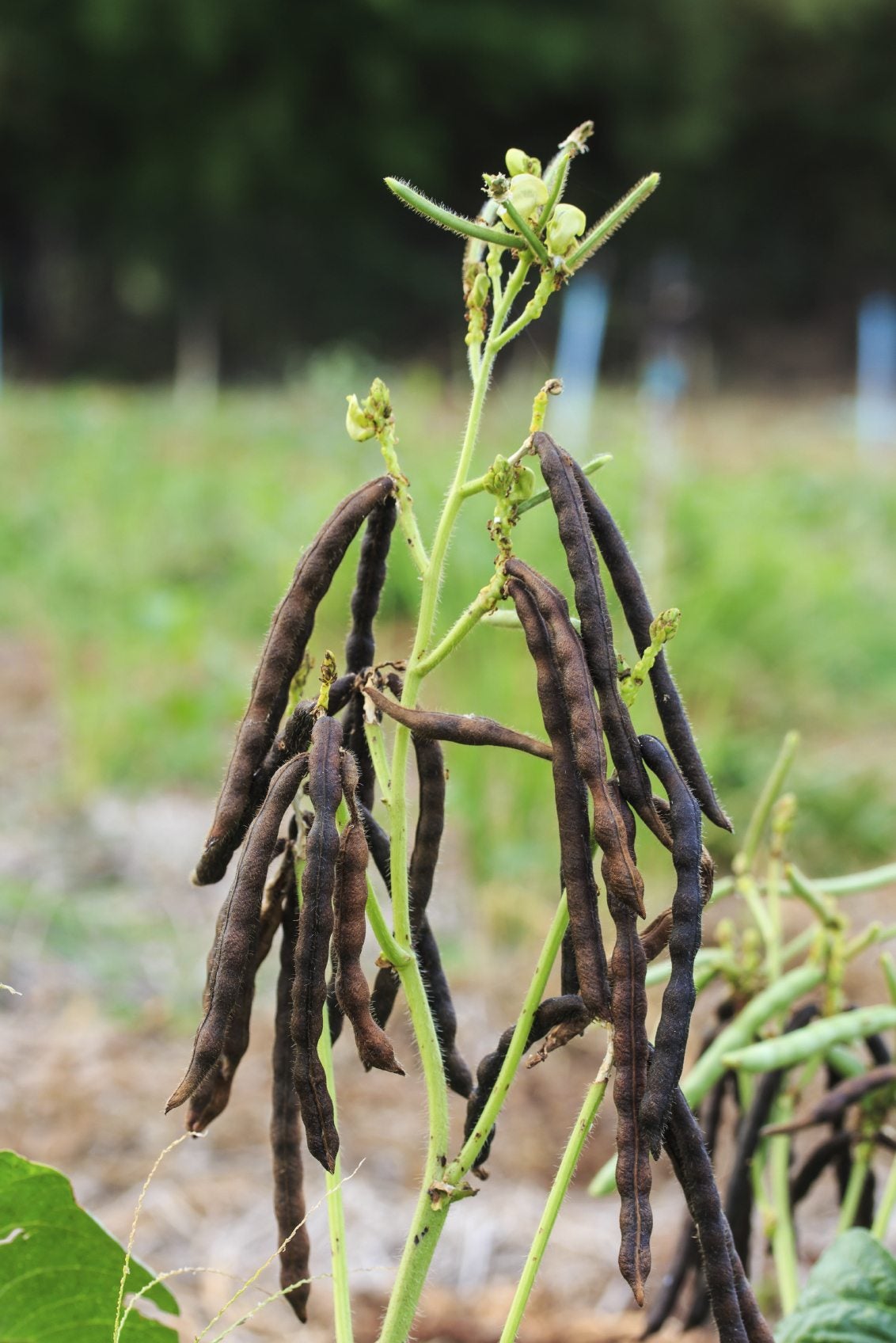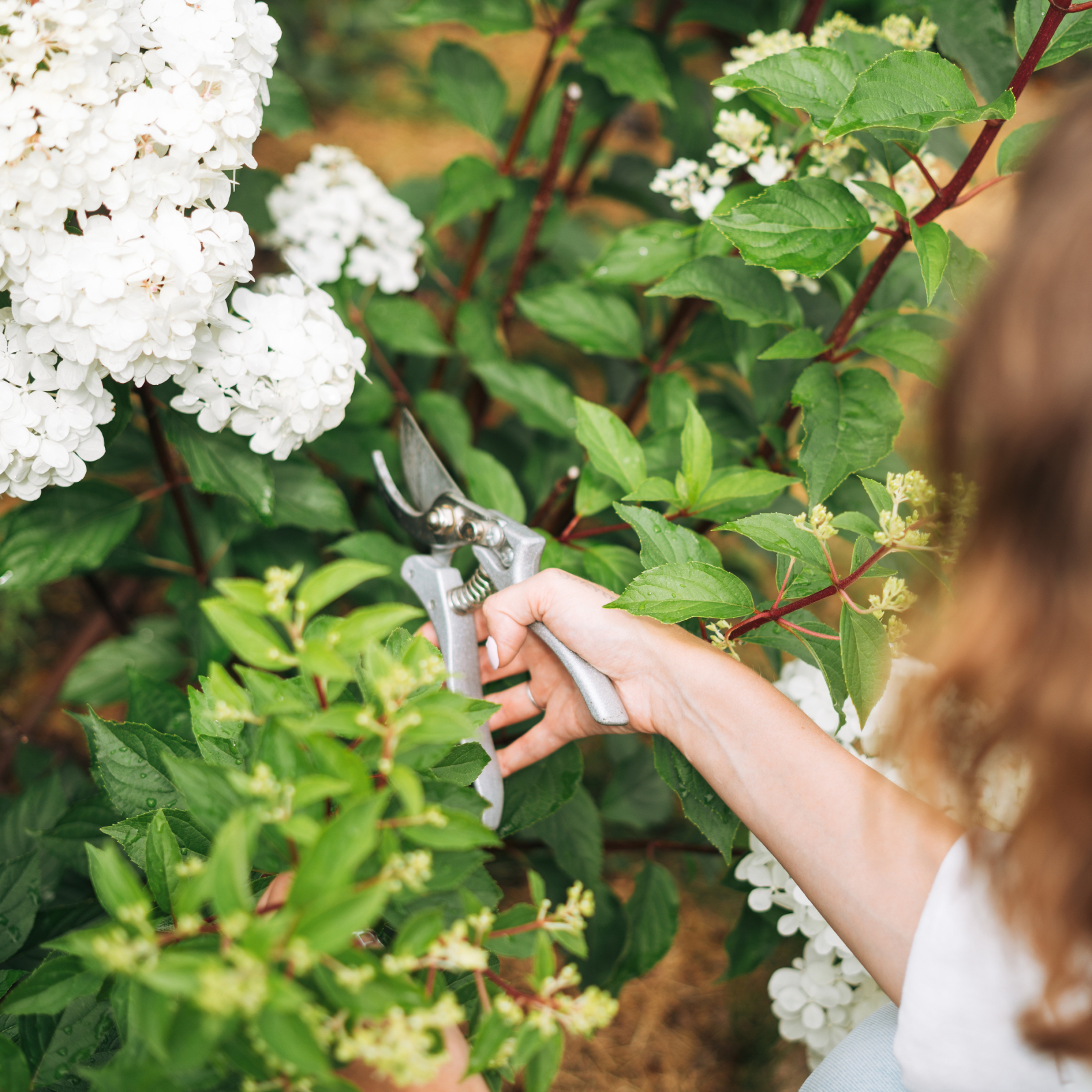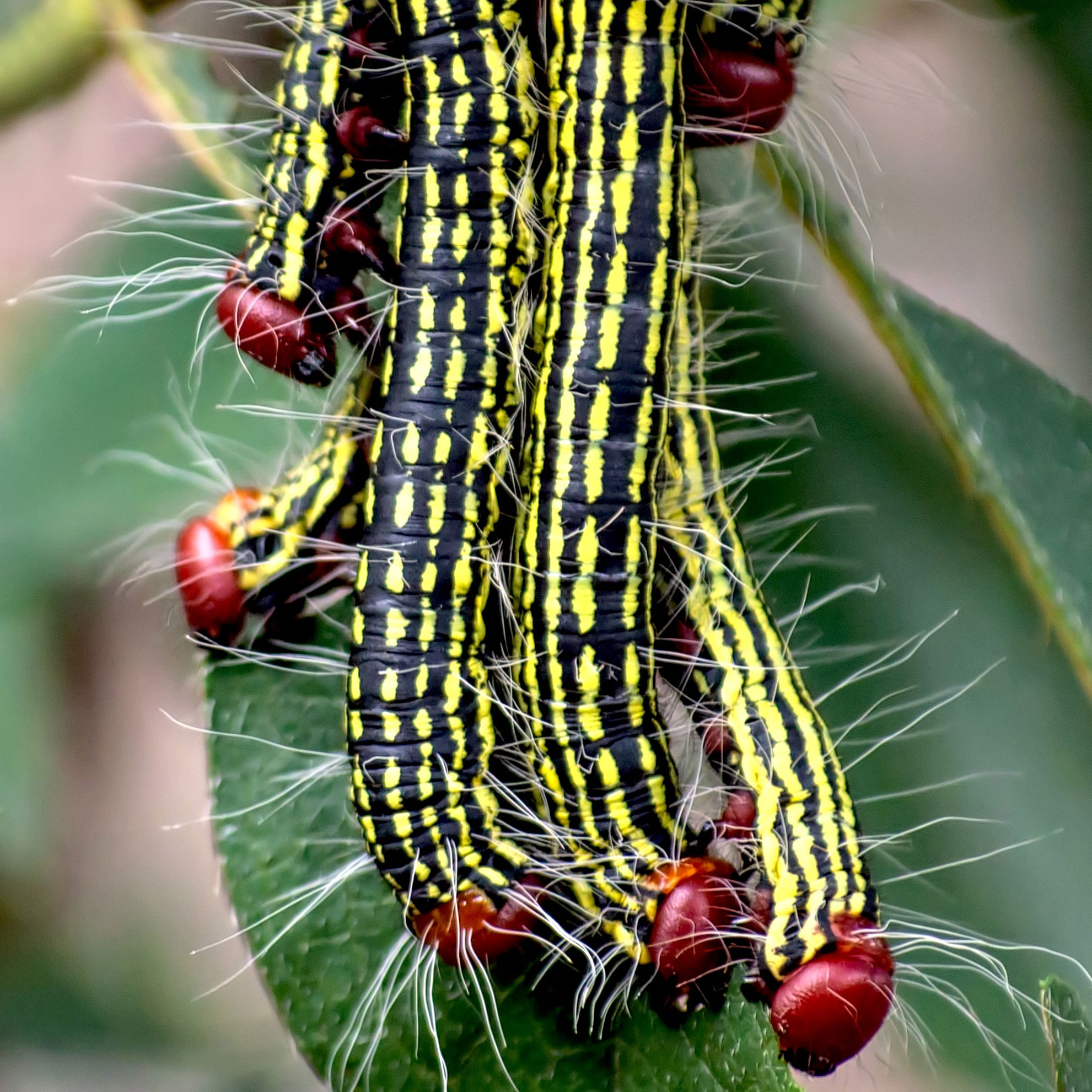Mung Beans Information – Learn How To Grow Mung Beans

Most of us have probably eaten some form of Americanized Chinese take-out. One of the most common ingredients is bean sprouts. Did you know that what we know as bean sprouts are more than likely mung bean sprouts? What are mung beans and what other mung bean information can we dig up? Let’s find out!
What are Mung Beans?
Mung bean seeds are sprouted for use either fresh or canned. These high protein, 21-28% beans are also rich sources of calcium, phosphorus, and other vitamins. For people in regions where animal protein is scarce, mung beans are an important source of protein.
Mung beans are members of the Legume family and related to adzuki and cowpea. These warm-season annuals may be either upright or vine types. Pale yellow blossoms are borne in clusters of 12-15 at the top.
At maturity, pods are fuzzy, about 5 inches (12.5 cm.) long, containing 10-15 seeds and varying in color from yellowish-brown to black. Seeds also vary in coloration and may be yellow, brown, mottled black, or even green. Mung beans self-pollinate.
Mung Bean Information
Mung beans (Vigna radiata) have been grown in India since ancient times and are still grown in Southeast Asia, Africa, South America, and Australia. The bean may go by a variety of names such as:
- green gram
- golden gram
- lutou
- look dou
- moyashimamae
- oorud
- chop suey bean
In the United States, growing mung beans were called Chickasaw peas. Today, 15-20 million pounds of mung beans are consumed per year in the United States and almost 75% of this is imported.
Mung beans can be used sprouted, either fresh or canned, or as a dry bean and can be used as a green manure crop and as cattle forage. Beans selected for sprouting must be of high quality.
Gardening tips, videos, info and more delivered right to your inbox!
Sign up for the Gardening Know How newsletter today and receive a free copy of our e-book "How to Grow Delicious Tomatoes".
Generally, larger seeds with a shiny, green color are selected. Those seeds that do not meet sprouting standards are used for livestock. Intrigued? Keep reading to find out how to grow mung beans.
How to Grow Mung Beans in the Garden
When growing mung beans, the home gardener should use the same cultural practices used for green bush beans, except that the pods will be left on the bush longer to allow the beans to dry.
Mung beans are a warm-season crop and take between 90-120 days to mature. Mung beans can be grown outside or inside. Prior to sowing seed, prepare the bed. Mung beans like fertile, sandy, loam soil with excellent drainage and a pH of 6.2 to 7.2. Till the soil to remove weeds, large rocks, and clods and amend the soil with a couple of inches of compost worked in.
Plant the seed when the soil has warmed to 65 degrees F. (18 C.). Sow seed one inch (2.5 cm.) deep and two inches (5 cm.) apart in rows that are 30-36 inches (76 to 91.5 cm.) apart. Keep the area free of weeds but take care not to disturb the roots. Fertilize with a low nitrogen food, such as 5-10-10, at the rate of 2 pounds (1 kg) per 100 square feet (9.5 square m.).
Beans begin to form when the plant is 15-18 inches (38-45.5 cm.) tall and the pods continue to darken as they mature. Once mature (about 100 days from sowing), pull up the entire plant and hang the plant overhead in a garage or shed. Place clean paper or fabric below the plants to catch any dried pods that may fall.
The pods do not mature all at the same time, so harvest the plant when at least 60% of the pods are mature. Dry the seeds completely on some newspaper. If there is any moisture left when storing, the beans will go bad.
You can store completely dried beans in a tight-fitting glass canister for several years. Freezing the seed is also an excellent storage option and reduces the possibility of insect infestation.
Growing Mung Beans Indoors
If you don’t have garden space, try sprouting the mung beans in a jar. Just take dried mung beans, rinse them thoroughly in cold running water then transfer them to a large plastic bowl.
Cover the beans with lukewarm water – 3 cups (710 mL) of water for each cup of beans. Why? The beans double in size as they soak up the water. Cover the bowl with a lid of plastic wrap and leave overnight at room temp. The next day, skim the surface for any floaters then pour out the water through a sieve.
Transfer the beans to a large, sterilized glass jar with a perforated lid or cheesecloth secured with a rubber band. Lay the jar on its side and leave it in a cool, dark place for 3-5 days. At this point, the sprouts should be about ½ inch (1.5 cm.) long. Rinse and drain them in cold, running water up to four times per day during this sprouting phase and remove any beans that have not sprouted.
Drain them well after each rinsing and return them to their cool, dark place. Once the beans are fully sprouted, give them a final rinse and drain and then store them in the refrigerator.

Amy Grant has been gardening for 30 years and writing for 15. A professional chef and caterer, Amy's area of expertise is culinary gardening.
-
 Pruning Limelight Hydrangea Bushes For Bigger Blooms & Stronger Plants
Pruning Limelight Hydrangea Bushes For Bigger Blooms & Stronger PlantsPruning 'Limelight' hydrangea will benefit the shrub. Flowers will be more bountiful the next year and branches will be stronger. Learn how and when to prune.
-
 What’s Wrong With Your Azaleas? Identify, Tackle And Prevent 6 Common Azalea Pests
What’s Wrong With Your Azaleas? Identify, Tackle And Prevent 6 Common Azalea PestsIf you’ve spotted signs of azalea leaf damage, don’t panic – here’s how to identify the most common azalea pests so you can take action swiftly and keep plants healthy